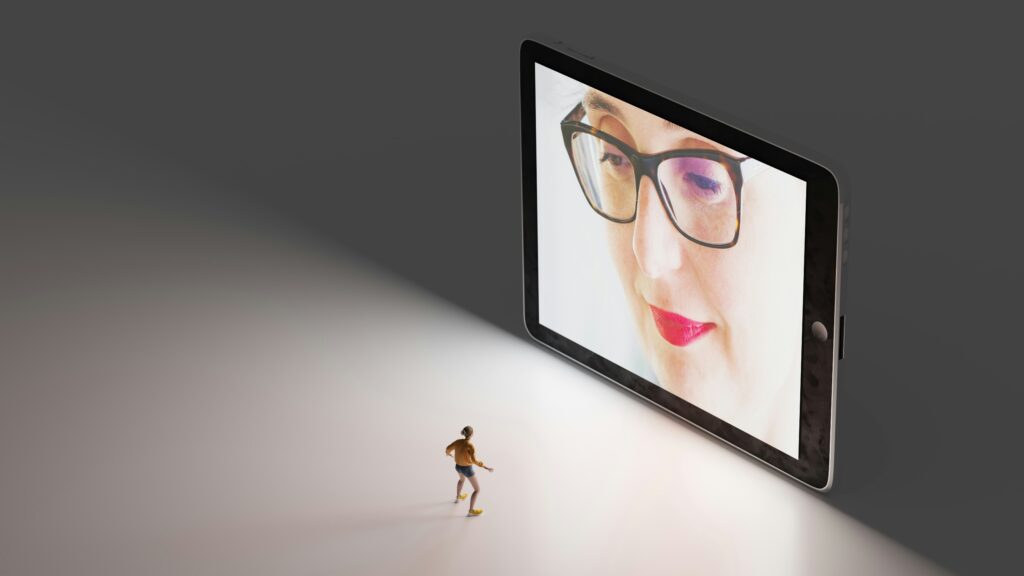As we hurtle forward into the digital age, technology continues to evolve at a rapid pace, revolutionizing the way we live, work, and interact with the world around us. One particularly fascinating development in the tech sphere is the rise of virtual influencers – computer-generated personalities who are taking social media by storm.
With millions of followers on platforms like Instagram and TikTok, these virtual avatars, such as Lil Miquela and Bermuda, are not only blurring the lines between reality and simulation but also reshaping the influencer marketing landscape. Brands are increasingly turning to virtual influencers as a new way to engage with consumers and promote their products, leveraging their unique appeal and global reach.
According to a recent study by HypeAuditor, virtual influencers have an engagement rate of 85.63% compared to 1.67% for human influencers, making them a highly effective marketing tool for companies looking to connect with a digital-savvy audience. As Sarah Phillips, a marketing executive at a leading fashion brand, puts it, “Virtual influencers offer a level of creativity and control that is unmatched in traditional influencer partnerships. It’s like working with a blank canvas – the possibilities are endless.”
But beyond their marketing potential, the rise of virtual influencers raises important questions about authenticity, identity, and the future of human interaction in an increasingly digital world. As we navigate this brave new landscape, one thing is clear: virtual influencers are here to stay, challenging us to rethink our preconceived notions of reality and redefining the boundaries of influence in the digital era.



